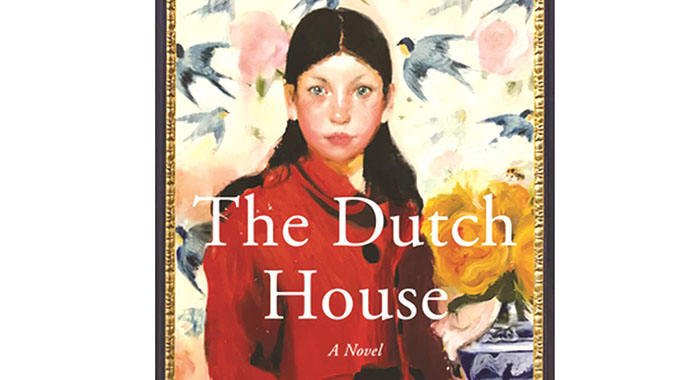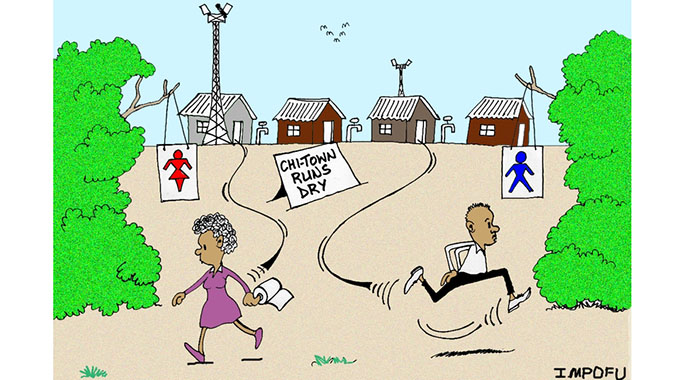Deep into Ann Pachett’s ‘The Dutch House’

David Canfield Correspondent
Danny Conroy and his family attend a school production of “The Nutcracker”. Danny is in his 40s, married and living in New York City, a world away from the Pennsylvania suburbs where he grew up. But as the play begins, with “beautiful children dressed as children” and a Christmas tree standing tall on stage, he’s transported 30 years into his past.
The lights come up; he sees the grand setting for his horrific childhood, recreated for performance. “It was a kind of architectural mirage, if such a thing were possible, a visual misunderstanding that I knew wasn’t true, but was still, for a moment, wildly convincing,” he narrates.
“In truth . . . any generic configuration of luxury from a distance felt like a window on my youth.”
But youth never feels far away, at least, in Ann Patchett’s latest family chronicle, which spans roughly a half-century in its exploration of the tight, wounded bond between siblings Danny and Maeve. They come of age in circumstances resembling a dark fairy-tale — a long-lost mother, a wicked stepmother, a home that is ornate and bizarre and overwhelming in its structure — and, in adulthood, resist letting go of those painful, thorny memories. Periodically, they even drive out to the site of their old life, parking across the street and obsessively reminiscing.
Patchett, nearing 30 years as a published novelist, has settled into an enviable groove. Her last book, “Commonwealth”, a classically constructed domestic novel that topped the New York Times bestseller list, ranks among her very best work, a showcase for her unparalleled feel for intricate family dynamics and her sweeping yet careful approach to the passage of time.
“The Dutch House” (2019) arrives just three years later — the shortest gap between novels for Patchett since the 1990s — and while it shares those strengths, it’s a less polished, more experimental effort.
This marks a rare foray into first-person prose for Patchett, and her focus on perspective proves rigorous. Danny is the book’s sole narrator, and his voice contains a nostalgic storybook quality. He jumps around in time, with “The Dutch House” roughly segmented into three parts: youth, early adulthood, and middle age. At the book’s most intriguing, Danny struggles with how to tell his and Maeve’s story; he questions his recollections, resists (but succumbs to) interpreting the thoughts and histories of his loved ones, and uneasily balances biography with reflection.
Best is the book’s first section, which builds toward the Conroy patriarch’s death. In her grief and resentment, stepmother Andrea (the mother of two younger kids herself) nastily freezes the Conroy siblings out of her life, kicking Danny out of the house before he can graduate from high school. (Maeve, the eldest, is already studying at Barnard College when their father dies.) Years later, however, Danny considers Andrea’s side of the story: “She was horrible to us in the end . . . but sometimes I wonder if she just didn’t know any better,” he says. “What did we ever know about Andrea? The truth is I have plenty of memories of her being perfectly decent. I just choose to dwell on the ones in which she wasn’t.”
That tension propels “The Dutch House’s” latter half. Andrea’s cruelty provides the anchor from which Danny and Maeve (and, by extension, the novel) cannot and will not release themselves. Danny puts his passion for real estate, which he inherited from his father, on the brakes when Maeve forces him to go to medical school — to drain the trust money their father set aside for them, in order to spite Andrea. His life moves forward, but he remains tethered to Maeve, to the neglect and abandonment of their childhood. Danny narrates, “We’d made a fetish out of our misfortune, fallen in love with it.”
As Patchett glides through the years, her philosophical inquiry intensifies while her narrative peters out. Maeve, held in Danny’s image, is kept at a distance. Dramatic incident is minimal. Even one pivotal character’s late re-emergence is handled quietly, delicately, less impactful on story than mood. The book lingers in that way, though, like any good fairy tale, setting in its hooks with a dreamy sadness.
Then, of course, there’s the actual Dutch House — named after its original inhabitants, “those Dutch people with the unpronounceable name.” Patchett brings it to spectacularly vivid life, from the fine paintings mounted along its walls to the cosy curtain-drawn window seat in its best room (occupied by Maeve until it’s stolen away from her).
The building is virtually transparent, the exterior largely made of glass; action flickers by like a series of photographs as, over decades of helpless stalking, Danny and Maeve look in from afar.
“Seen from certain vantage points of distance, it appeared to float several inches above the hill it sat on,” Patchett writes.
“The panes of glass that surrounded the glass front doors were as big as storefront windows and held in place by vines of ironwork.”
So not quite “generic luxury,” as Danny had called it in the haze of memory. It’s something far stranger. — Explore Entertainment.









Comments